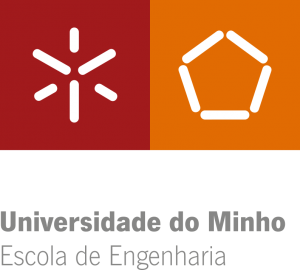Bruno Fernandes finaliza o seu Doutoramento
Tema da Tese: The Internet of People approach to Road Safety and Vulnerable Road Users in Smart Cities
Autor: Bruno Filipe Martins Fernandes
Data: 20/07/2021
Programa Doutoral: Programa Doutoral em Informática
Orientadores: Cesar Analide de Freitas e Silva da Costa Rodrigues; José Carlos Ferreira Maia Neves
Abstract: Since the dawn of times, the human being has always endeavored to improve his quality of life. Our journey has been amazing, but it has not yet finished. Unfortunately, an issue that has been rising to prominence is related to road traffic accidents, the leading cause of death for children and young adults. On the road, there are groups of people more vulnerable than others to injuries and accidents. Those are known as Vulnerable Road Users (VRUs), being defined as pedestrians, cyclists, and motorcyclists. It is estimated that, currently, more than half of all road traffic deaths are amongst VRUs. These numbers are a consequence of policies that prioritize vehicles instead of people.
Reduce injuries among VRUs remains a big challenge. No monolithic solution will, singularly, settle out all problems. Instead, the expectation is that multiple small contributions may help answering important challenges raised by this group of road users. Hence, our contribution is grounded on the perception of people as active, reactive, and proactive actors of a Smart City’s ecosystem. From this premise emerges the 3-C, i.e., City, Crowd, and Citizen sensing. The 3-C, which defines the guidelines and goals of this work, when complemented with the adopted research methodology, allowed the organization of a logical sequence of replicable, precise, and parsimonious procedures to build scientific knowledge.
This thesis presents, among others, an archetype platform, SafeCity, which aggregates multiple solution specimens produced as a result of the conducted research. SafeCity makes use of multiple disruptive methods and models for on-device boredom inference, to assess one’s personality, to conceive emotional maps, and to provide accurate multi-step traffic flow forecasts, among many others. The goal is to allow people to be participative actors, thus having access to a set of information about the current and future status of the environment where they stand, allowing VRUs to adapt their behavior upon each situation, hour, and place of a city. Additional archetypes include a multi-agent system blockchain for the management of large amounts of data of different types and sources.
Keywords: Ambient Intelligence, Internet of People, Machine Learning, Smart Cities, Vulnerable Road Users.



